It is time to give some props to the plants that don’t always play nice in the urban landscape. Over the past month, I have enjoyed finding value in the undesirables.
In recent years, we have culled tall and aggressive native plant species from our plant sales because they become weedy and dominant in small manicured gardens. They out-compete shorter, slower-growing species for which we also find value. But even though some of these species may be landscape bullies, they still provide nectar for pollinators, food for seed eaters, vegetation for host-specific insect larvae, and beautiful flowers to please the human eye.
In some of the low-maintenance habitat areas here at the Arboretum, I’ve been recently admiring the profuse blooms and insect-attracting abilities of the following species:
- Canada goldenrod (Solidago canadensis),
- western ironweed (Vernonia
baldwinii ) - tall joe-pye weed (Eupatorium
altissimum ), - brown-eyed
susan (Rudbeckiatriloba ), - tall thistle (Cirsium
altissimum ), - common milkweed (Asclepias
syriaca ), - compass plant (Silphium laciniatum)
- prairie dock (Silphium terebinthinaceum)
- Maximillian sunflower (Helianthus
maximiliani )
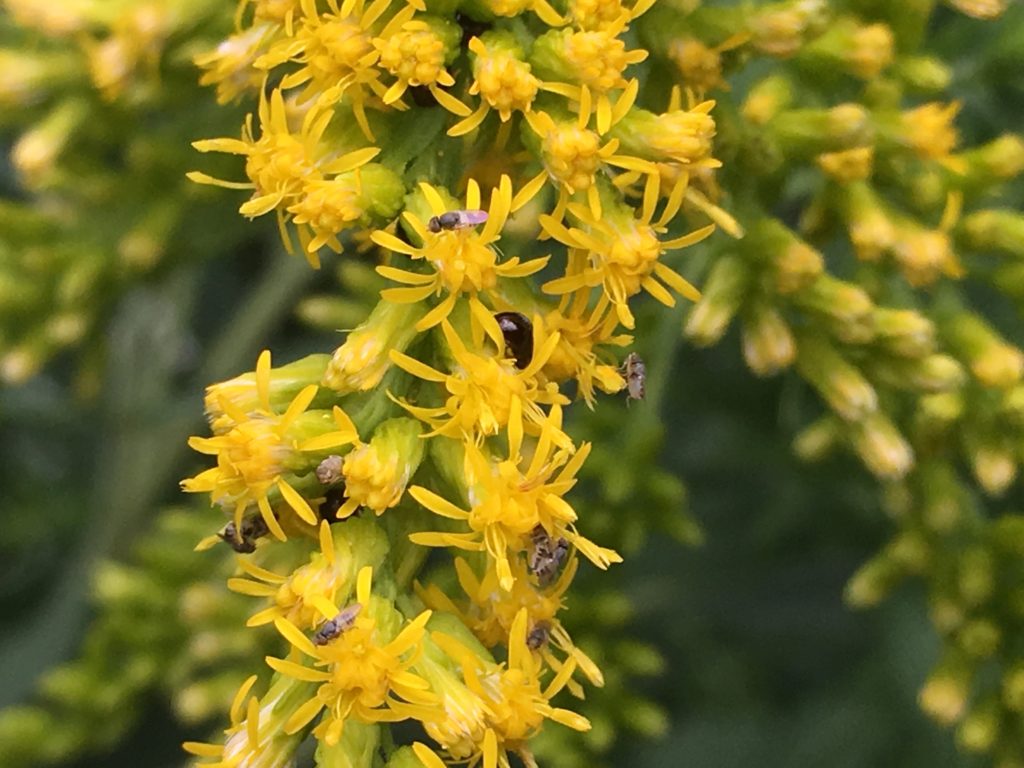

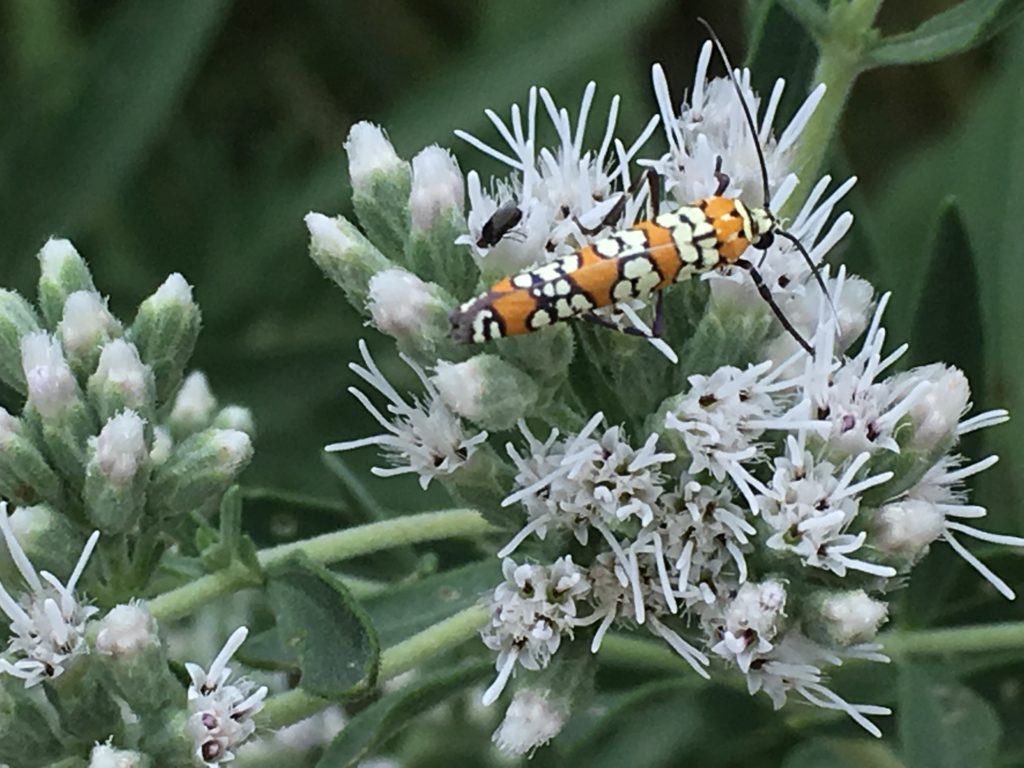
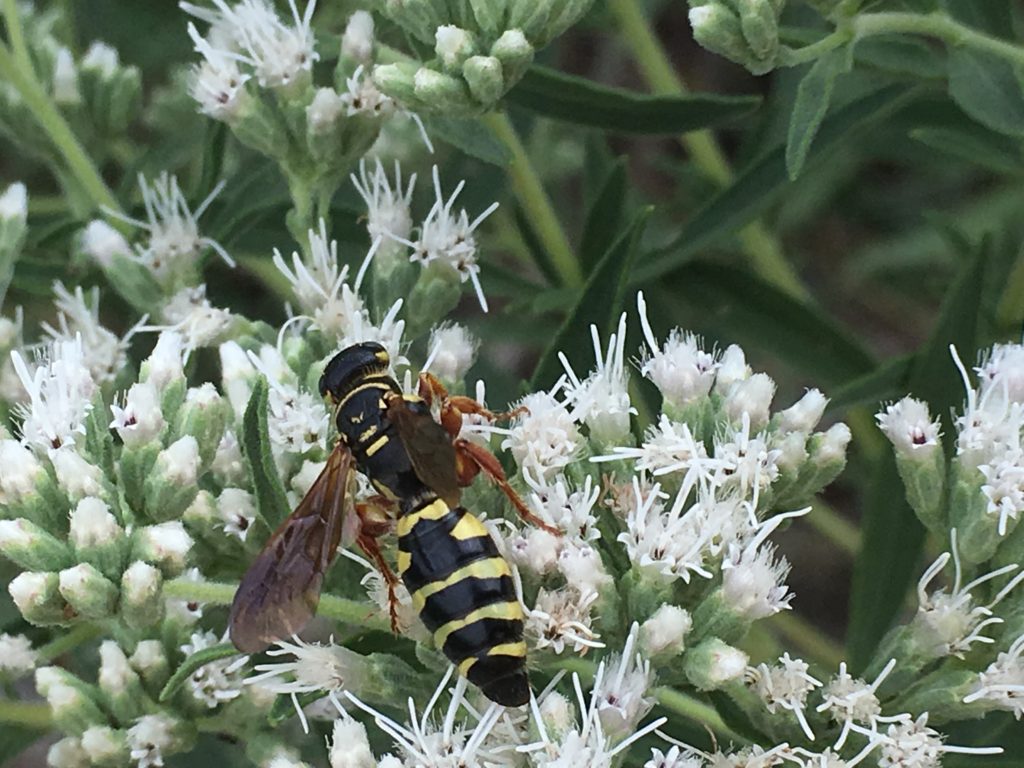
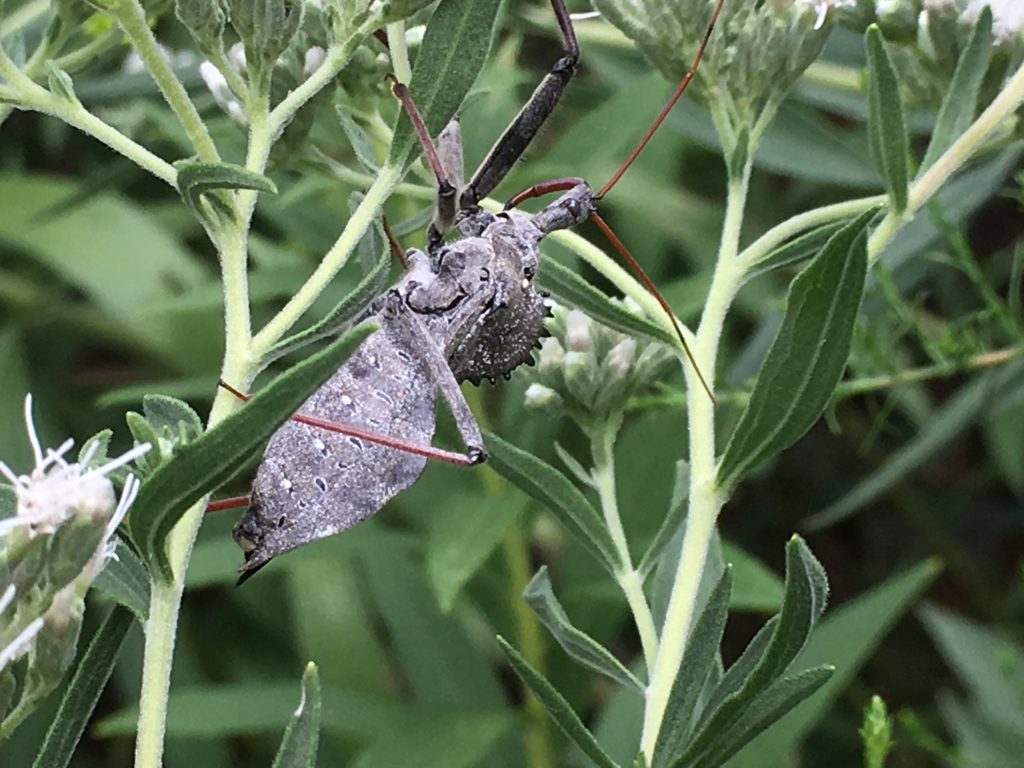
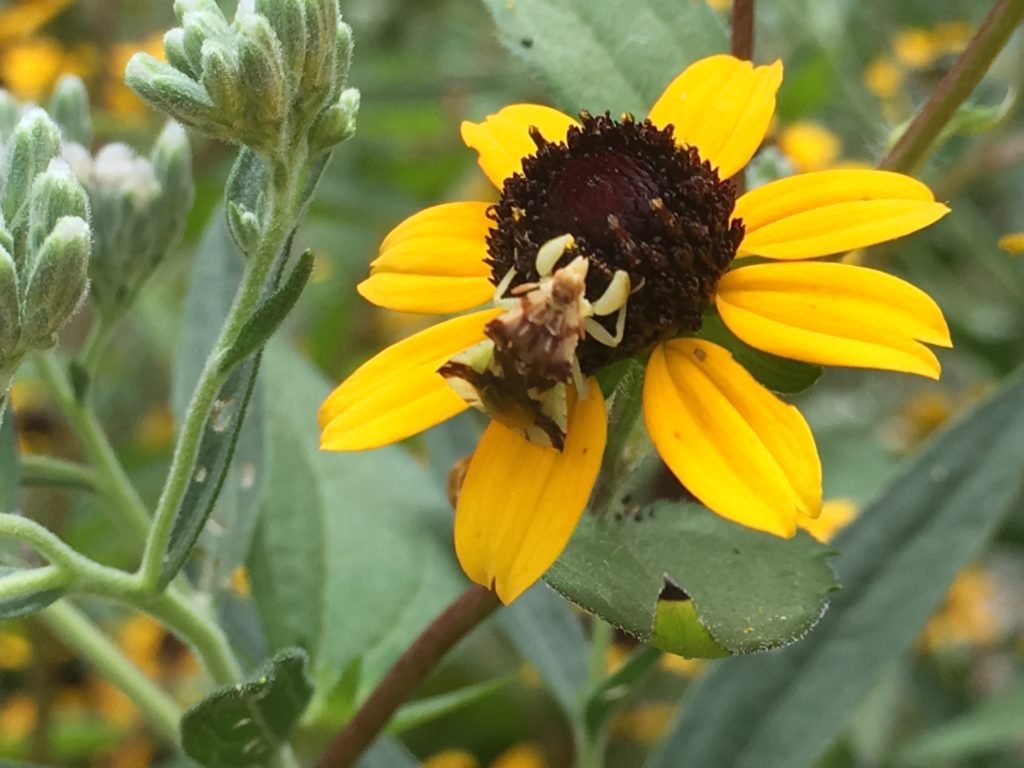
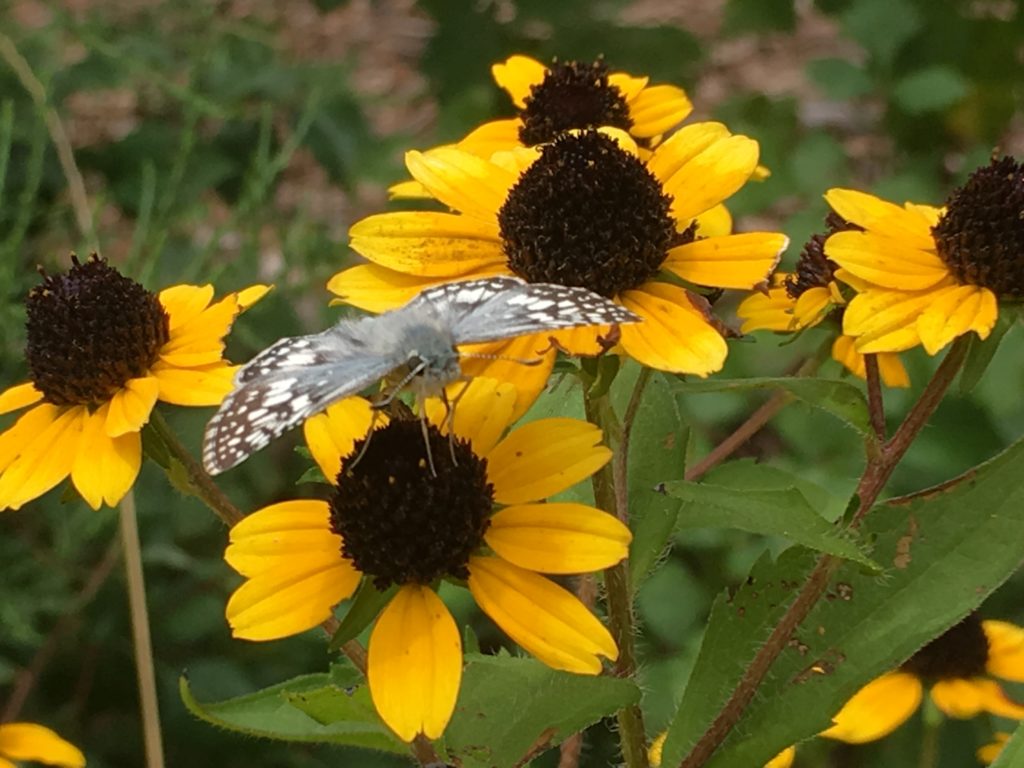


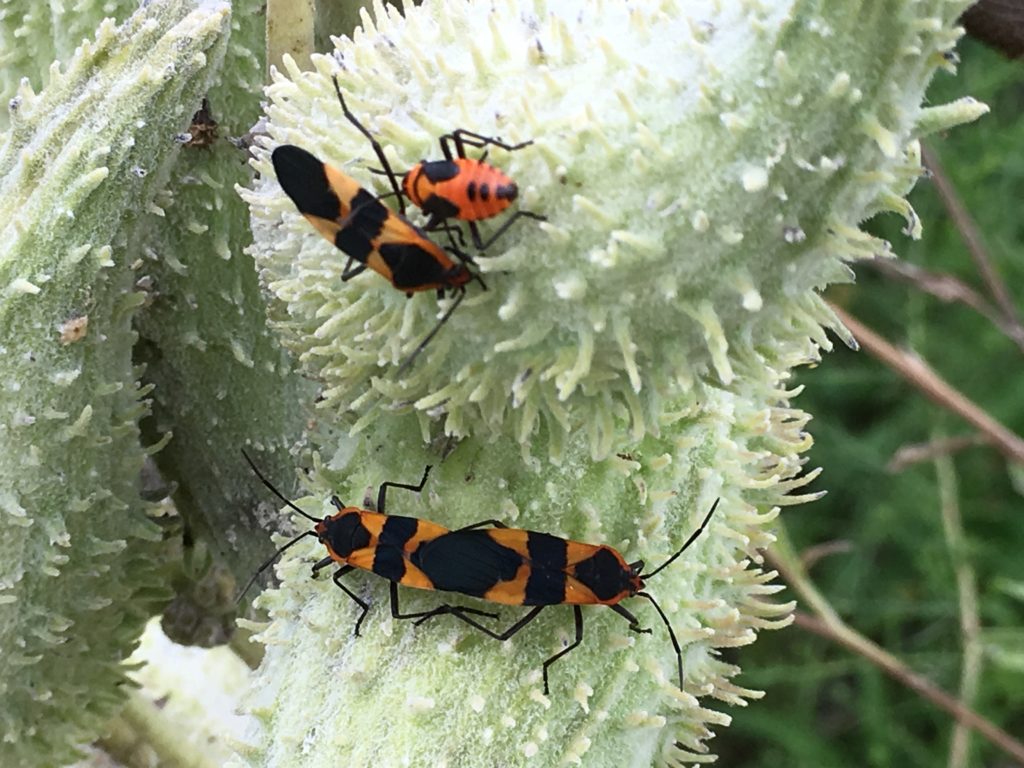

While I would not recommend these plants for the more manicured parts of your yard where you weed, mulch, and tend for a tidier look, consider these “undesirables” for more wild places around you. You will only find a couple of these species for purchase at our plant sales. But you can find all of them in the landscapes around our grounds and I will be happy to pick some seed for you to take home and disperse in your wild places. The insects and greater ecosystem around you will benefit!
